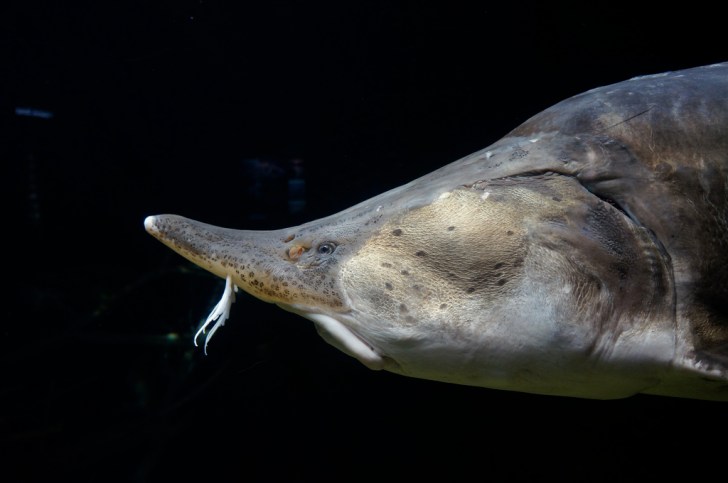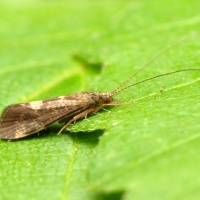Half of known freshwater megafauna species threatened with extinction

Many of the largest and most iconic freshwater species in the world are threatened with extinction. There are around 200 species of such ‘freshwater megafauna’ – species weighing more than 30kg, and found on every continent except Antarctica – of which 34 species are listed as Critically Endangered by the IUCN Red List, and half are classified as Threatened.
Freshwater megafauna such as the beluga sturgeon, American alligator, Yangtze finless porpoise, and Caspian seal often have complex life cycles and extensive habitat requirements. As such they are sensitive to habitat loss, over-harvesting and river fragmentation. A recent study found that freshwater megafauna declined by 88% globally between 1970 and 2012, with a 94% decline in megafauna fish species.
Some freshwater megafauna – such as the arapaima – are well-known ‘flagships’ of particular ecosystems and cultures, and recent work has assessed the potential for their conservation to prompt ‘umbrella’ ecological benefits to the health of the wider ecosystem. However, at present, freshwater megafauna species are significantly threatened across the world, and a paucity of available data means their ecological status might be worse than current assessments suggest. IUCN Red List Assessments are currently incomplete for 49 – or 24% – of freshwater megafauna species.

A new study seeks to identify the factors that make freshwater megafauna more vulnerable to extinction. Dr. Fengzhi He from the Leibniz-Institute of Freshwater Ecology and Inland Fisheries and colleagues collated eight ‘life-history’ traits such as size, lifespan, habitat type and feeding habits for 206 freshwater megafauna species. They then used computer models to examine the relationships between extinction risk and the combined effects of these traits, as well as the influence of human impacts.
“We found that traits related to species’ recovery potential including lifespan, age at maturity, and fecundity, as well as human impact, are important factors influencing the extinction risk of freshwater megafauna,” explains He, the lead author of the new study, accepted in the Conservation Biology journal.
“Accounting for both IUCN Red List assessments and our model predictions, 50% of all freshwater megafauna species are considered as threatened. In addition to existing hotspots including the Ganges-Brahmaputra and Mekong basins and the Caspian Sea region based on the IUCN Red List, Amazon and Yangtze basins emerged as global diversity hotspots of threatened freshwater megafauna when we consider both the IUCN Red List assessments and our model predictions,” He continues.

The researchers also applied their models to predict the extinction risk of the 49 megafauna species listed by the IUCN as ‘Data Deficient’ or ‘Not Evaluated’. He explains, “Our results showed that species that are not evaluated yet or have insufficient data for assessment could also be threatened. We might miss the window-of-opportunity to protect these species from extinction if conservation actions are delayed.”
In common with most contemporary freshwater research, the study emphasises the need for better ecological data to help guide conservation and restoration efforts. “Our study highlights the importance and necessity of comprehensive and updated assessments for global freshwater megafauna species, as well as for overall freshwater species,” He says. “More studies are required to improve our knowledge of their life history and critical habitats, such as reproduction and nursery grounds. It is essential to sustain the reproduction and recovery potential of freshwater megafauna. For example, maintaining the connectivity of rivers is important for the reproduction of many migratory megafauna species.”
+++















Comments are closed.